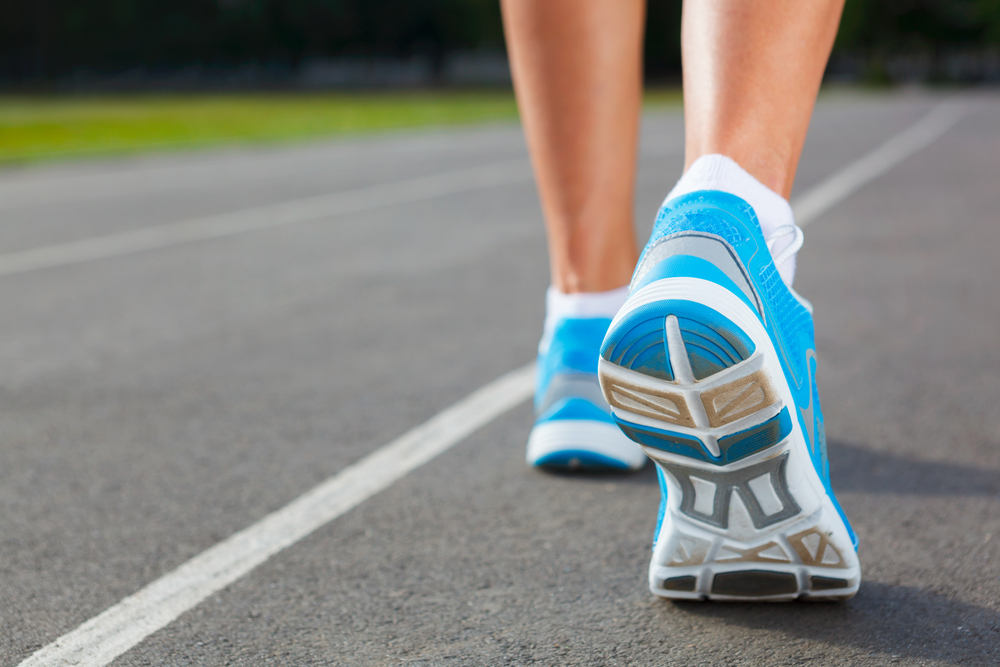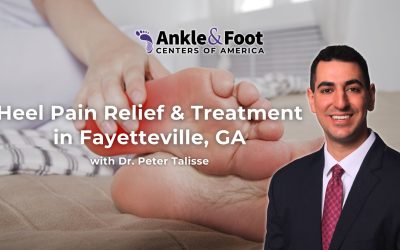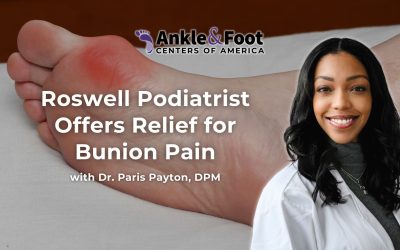It is not too uncommon at a summer pool party or in general I get hit up on advice for shoe gear with problems associated with the feet and what to look for when selecting proper shoe gear whether for on the court or off the court.
Table of Contents
Did My Shoe cause this problem???
One of the most common questions I get quite often is whether a problem in the lower extremities was caused by poor shoe gear. While ill-fitting shoes can be an aggravating factor, it is a myth that shoes cause most of the deformities that our feet develop like bunions, hammertoes, and corns.
If it were true that shoes caused all of these problems, everybody who wore shoes should have the same problems and everyone who went around barefooted would never develop any foot problems. Studies have been done in Africa as well as the Australian Outback on various tribes who never wear any type of shoe. These studies showed that in fact these groups had a lot of the same problems we do with one noticeable exception. Most of the problems were not significant, however, because the shoes were not present to irritate deformities like bunions.
Most non-traumatic foot problems are hereditary. Like other parts of our bodies that we inherit from our parents, we also inherit the bone structure that makes up our feet and therefore the problems that go along with them. So you can thank your mother for your brown eyes and your bunion.
Traumatic foot problems like stress fractures, tendonitis, and overuse injuries, can often be related back to improper shoe gear. Someone who stands all day on concrete or walks around in high heels is bound to develop more problems than someone who sits at a desk all day or works in sneakers. The types of shoes you wear have a big effect on the amount of Stress your foot has to absorb.
Shoe Anatomy
Sometimes common foot injuries can be attributed to improper or worn out shoe gear. Therefore, it is important people understand the many qualities that make a good shoe. Shoes are not to be blamed for your foot problems. Shoes you select that are not comfortable or suited to your foot will definitely aggravated any problems you may already have. Select shoes that are supportive and comfortable.
Upper: the portion of the shoe that covers the top and sides of the foot. The upper should be lightweight, durable, breathable, and stable. It ialso important that the upper’s inside are made of a soft and nonabrasive lining.
Counter: perhaps this is one of the most important aspects of a shoe. The counter is a rigid internal heel cup, which stabilizes the heel of the foot on its sides and from behind the heel with the upper. The counter should inflexible and firmly attached. The counter should also snuggly fit around the heel to limit the heel’s motion.
Toe Box: There should be enough room in the toe box area for the toes to rest comfortably, and allowing a slight amount of motion without any friction from the top of the shoe. The box should be slightly larger in length than the longest toe and slightly higher than the biggest toe.
Lacing and eyelet: the purpose is to snugly hold the shoe onto the foot and to prevent excessive motion within the shoe. It must be strong and durable with lots of support.
Insole: Also known as the sock liner is where the foot rests upon the shoe. The insole should be smooth, comfortable, thick enough to absorb shock for the foot hitting the ground, to cushion the foot, and to absorb sweat.
Midsole: is the portion between the upper and outsole. This should be thick, strong yet flexible and durable because they provide cushion, shock absorption, stability, and a strong base to rest the foot on in the shoe and to protect the foot.
Outsole: this is the surface of the shoe that contacts the ground, therefore it is important that it is durable to resist abrasions, friction, but also flexible to yield foot bending motions.
Unfortunately often an excellent supportive shoe isn’t enough to help reduce the mechanical strain the foot endures. Remember a foot takes on 4x your body weight when fully loaded. That where foot inserts called orthotics can be helpful in aiding in function and giving you a competitive edge.
Supportive Measures
A lot of foot problems can be traced back to a biomechanical or structure problem with the bones of the foot. A foot with a very high arch or a flattened arch may be predisposed to developing more problems than someone with a “normal” foot type.
The foot is a very complex structure with over 26 bones, 33 joints, 16 muscles, and over 100 ligaments. This sophisticated, complex unit works in a fine balance to absorb shock, adjust to various terrains, and propel us across the ground. A foot, which is not properly aligned or balanced cannot properly absorb shock or adjust to uneven surfaces. This can lead to problems of overuse like tendonitis and problems of abuse like Heel Spur Syndrome.
An improperly aligned foot can often be corrected with devices called orthotics. Orthotics are custom-made prescription devices that are designed to hold your foot in a neutral or “normal” position. They will help to control the excess flattening or pronation of the foot or support a high arched foot and aid it in shock absorption.
Orthotics are like eyeglasses in that you have to wear them in order for them to work. Orthotics are an excellent way to reduce alignments issues in the lower extremities without resorting to surgery because without surgery the adult foot’s boney architecture cannot be changed once it fully develops. The orthotics can be worn in just about all of your daily shoes.
Patients having painful problems with diabetes, sports Injuries, work Injuries, or even inherited foot deformities can be treated conservative rather than surgically often times.
Well hope these tips keep you a shoe-in to win on and off the court. If you have any questions don’t hesitate to consult us at a location near you.
Ankle & Foot Centers of Georgia prides itself in finding the best and most innovative treatment options for their patients; we do what can to help keep you in motion.
www.ankleandfootcenters.com
Have a great summer and see you around the pool soon!!!
I like to credit my son Shivum for the title of this article…
Make Your Appointment Today!
We now have more offices than ever before! Need a podiatrist? Book an office visit by calling us today at (678) 902-0456, or Click Here to make an appointment online!





